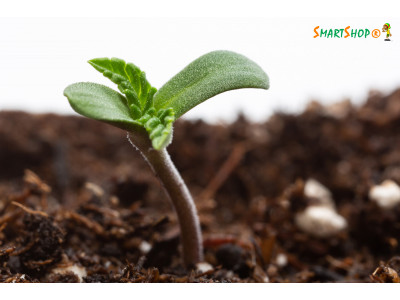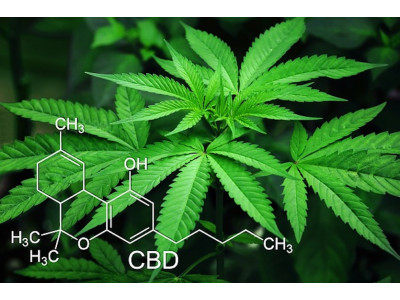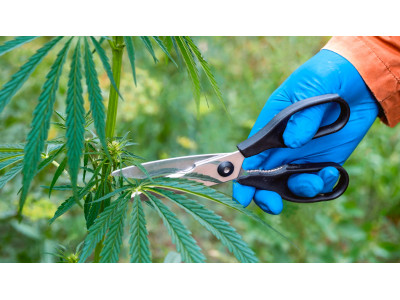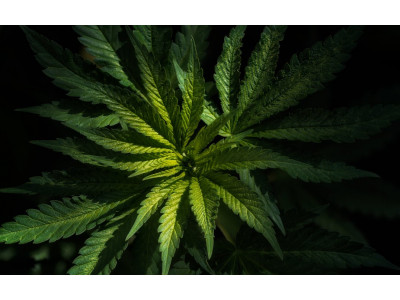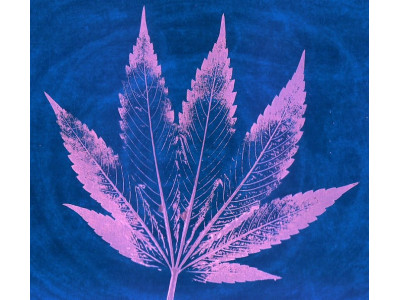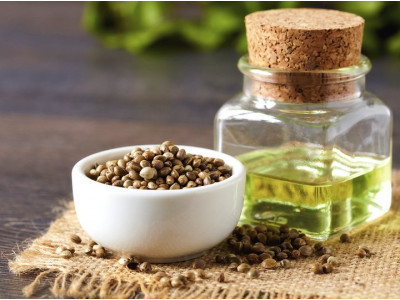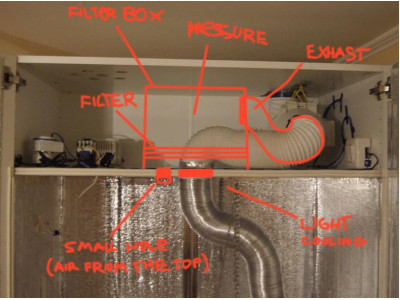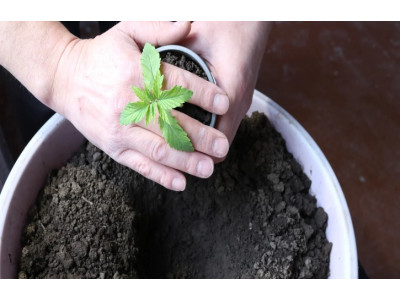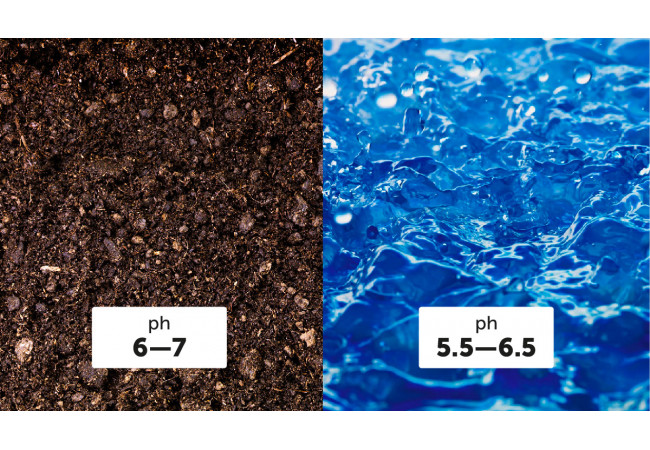
In order to provide an optimal growing environment, pH must be controlled. This is essential for your plant's nutrient uptake. By maintaining the correct pH level and adjusting it according to the stage of development of the plant, you will ensure proper growth and, ultimately, a better result.
What is pH
PH is a way to measure the acidity of solutions. It has a scale from 1 to 14. Natural water has a neutral pH of 7. Based on this information, we can understand if a water source is suitable for human (and plant) consumption. Growing cannabis is not difficult, but painstaking. It is necessary to devote time to the plant in order to reap a good harvest at the end of the season.
A pH below 7 means the water is acidic, meaning it contains a lot of metals and can be toxic (e.g. iron, manganese, copper, lead). On the other hand, a pH above 7 means that the water is alkaline and high in minerals (such as calcium and magnesium). Cannabis plants need a pH between 6-7 in soil and 5.5-6.5 in hydroponics.
Marijuana pH Chart
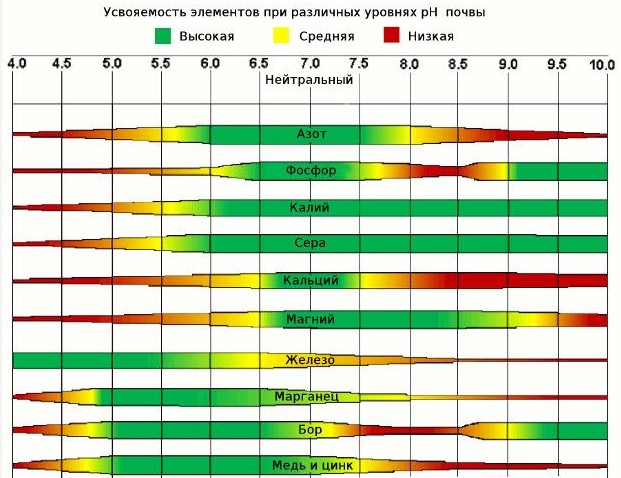
If the pH is higher or lower, the plant cannot take up nutrients (even if they are present in the environment) and begin to show signs of nutrient deficiency.
How to change the pH level at home
So we've briefly looked at what pH actually is and why it's an important factor in controlling all types of cannabis cultivation.
Before watering plants, it is essential to measure not only the nutrient solution (or feed water), but also the runoff. With these two readings, you will be able to determine exactly what is going on in the root zone and whether any nutrient issues may be occurring.
There are 2 main ways to measuring pH.
- With litmus paper;
- With a digital pH meter.
A digital counter will greatly facilitate the work, as it gives the most accurate readings quickly and easily. The first thing to do is to mix the nutrient solution.
Why is it important and how to use pH Pen
Every grower has pH up and down solutions available that can be added to help you balance levels to perfection. They are potent and just a few drops of them can have quite a dramatic effect, but fortunately they have been designed to have no effect on your crop growth.
It may take a bit of trial and error to figure out exactly how much you should add, but you'll get used to the process after a short amount of time.
The next reading is stock. This will give you a clear picture of the processes going on inside the root zone. If there is a big up or down swing, this is a clear sign that your growing medium is not at the right pH. This can be fixed by flushing the system and restarting it.
Experts recommend using coconut fiber as a growing medium. It combines the benefits of both soil and hydro-cultivation methods, is simple and unpretentious, environmentally friendly and very easy to wash off in case of nutrient or pH problems.
If you're not a fan of synthetic fertilizers or additives, there are several organic options for raising or lowering the pH of your environment. Worm castings, wood shavings, pine needles, and compost teas are effective at lowering pH, but take time to take effect. If you want to raise the pH level, you can add limestone powder or wood ash.
To grow perfectly healthy plants, you should purchase a pH meter. This way, you can adjust the pH levels with the solutions you feed your plants. Sometimes the pH of the solution does not match the pH of the medium and this can definitely cause health issues for your autoflowers in the future.
Also, Ppm matters for the proper cultivation of cannabis. Ideal level: for seedlings - 100 - 250ppm, for vegetation 450 - 700ppm, for cultivation 300 - 400ppm.
We remind you that germination of cannabis seeds is prohibited on the territory of Ukraine, use your knowledge in the territories of those countries where it is allowed by law.



